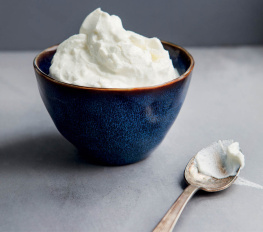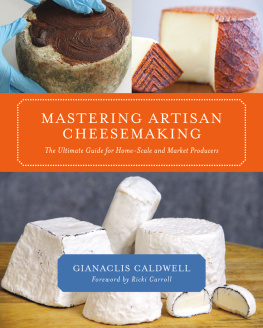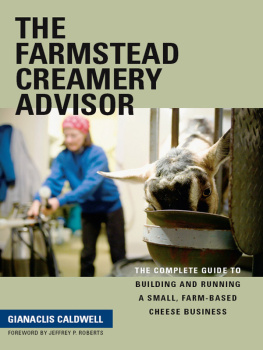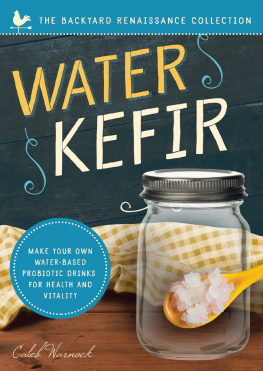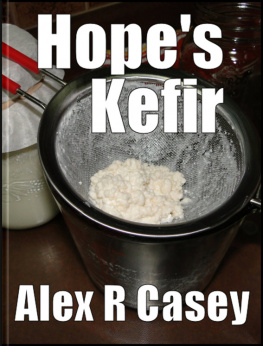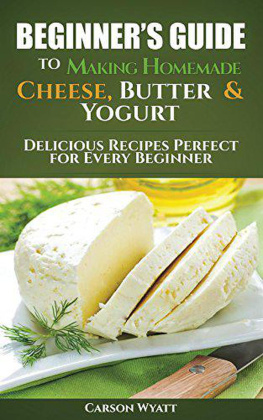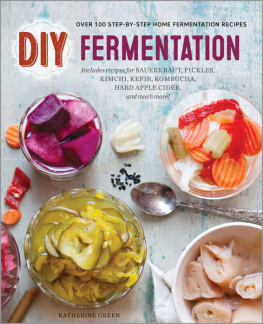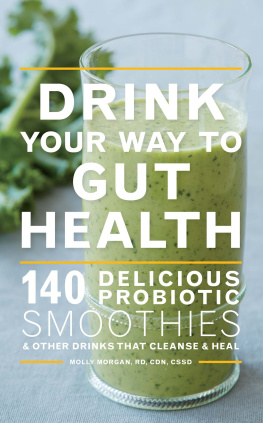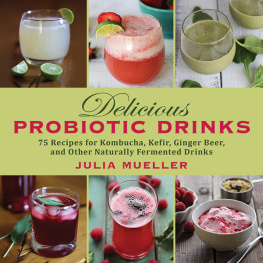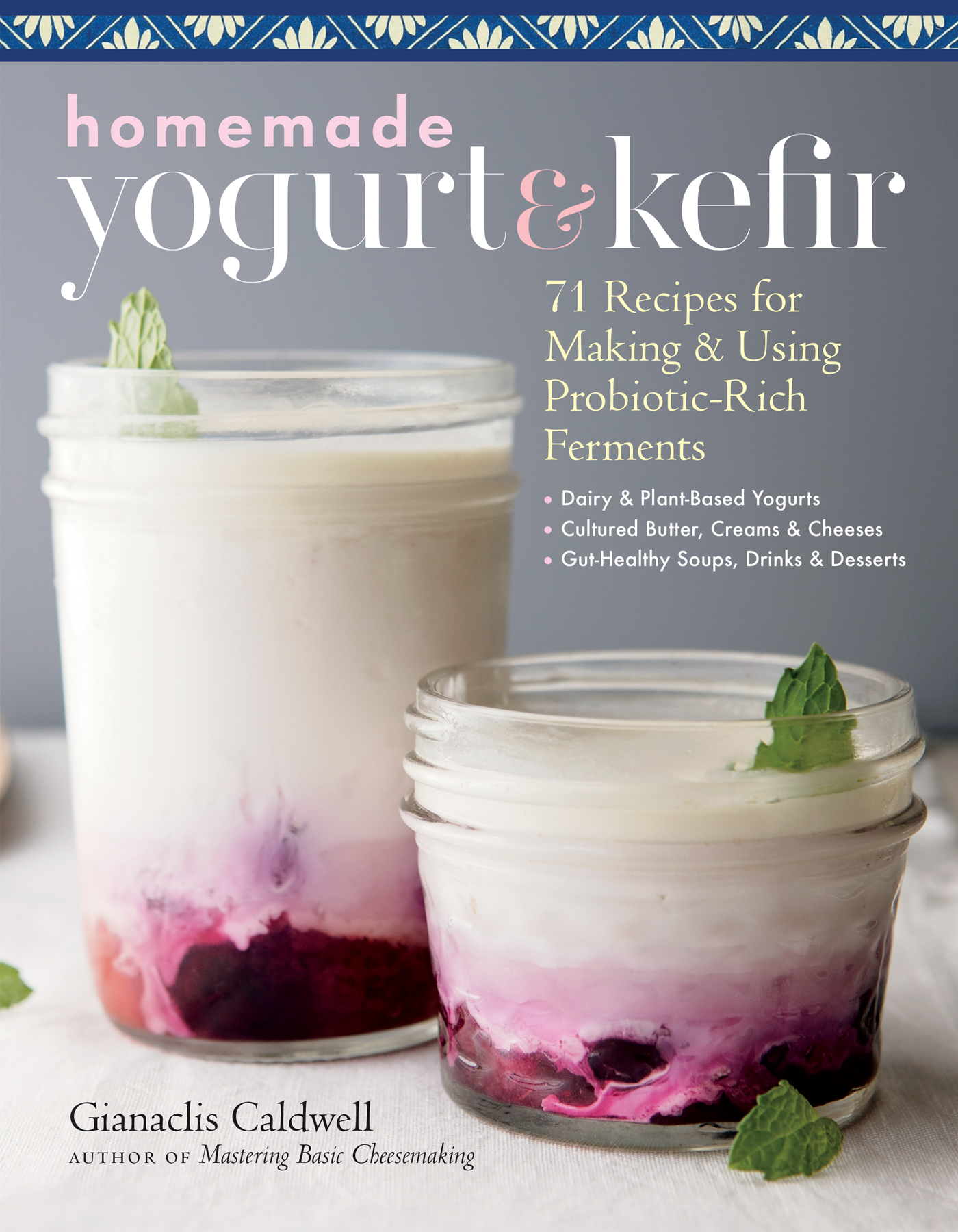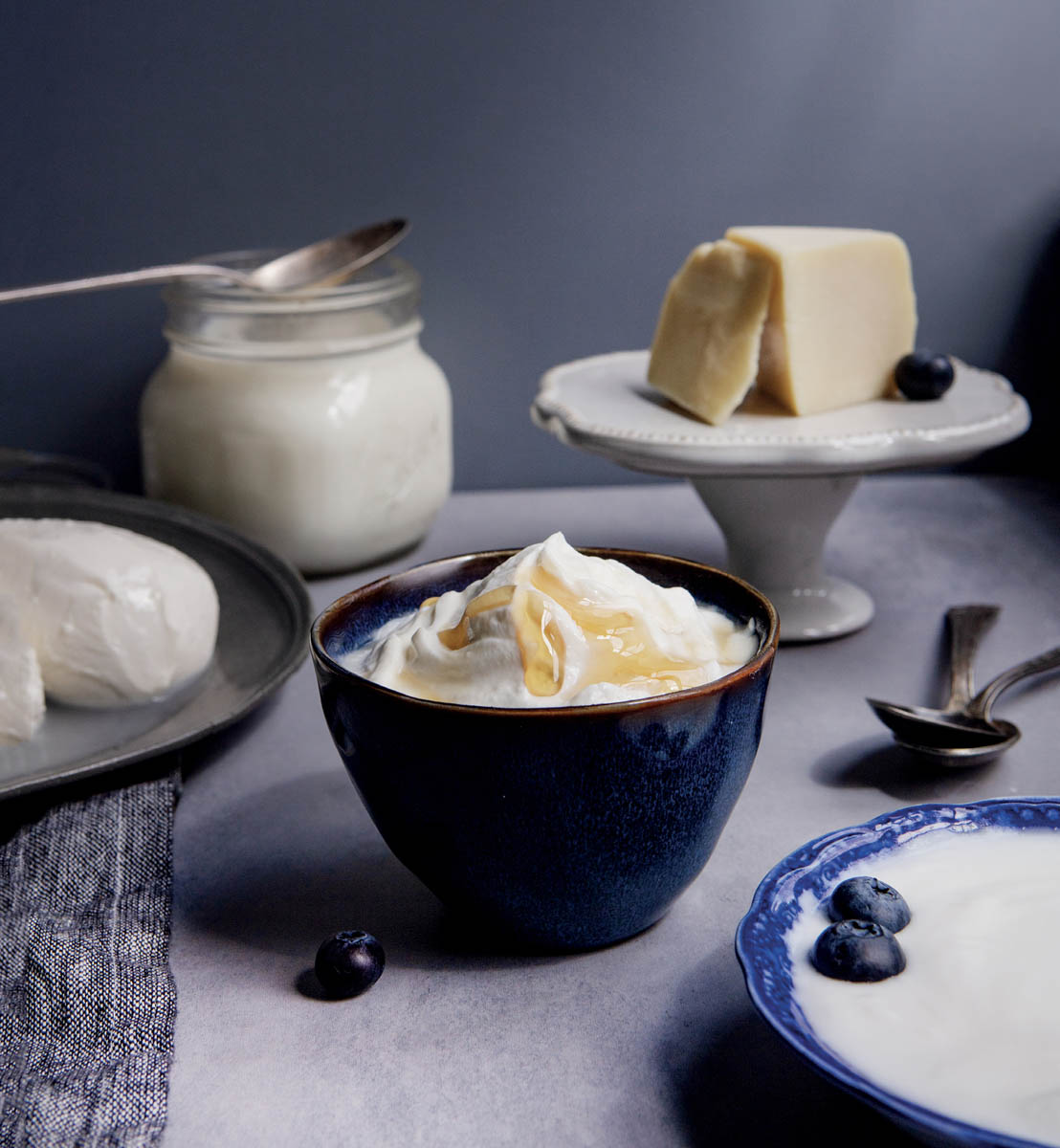For my mom, who fed me that first spoonful of yogurt so long ago and has nurtured and inspired my path in so many ways since
The mission of Storey Publishing is to serve our customers by publishing practical information that encourages personal independence in harmony with the environment.
Edited by Carleen Madigan and Sarah Guare
Art direction and book design by Carolyn Eckert
Indexed by Christine R. Lindemer, Boston Road Communications
Cover photography by Carmen Troesser, except Mars Vilaubi, spine
Interior photography by Carmen Troesser
Additional photography by Mars Vilaubi,
ornament backgrounds and borders and throughout, Owen Jones, Examples of Chinese Ornament, 1867, collection of the Metropolitan Museum of Art, New York/Wikimedia Commons
Photo styling by Carmen Troesser
Food styling by Gianaclis Caldwell
Map illustration by Ilona Sherratt,
Text 2020 by Gianaclis Caldwell
Ebook production by Slavica A. Walzl
Ebook version 1.0
April 28, 2020
All rights reserved. No part of this book may be reproduced without written permission from the publisher, except by a reviewer who may quote brief passages or reproduce illustrations in a review with appropriate credits; nor may any part of this book be reproduced, stored in a retrieval system, or transmitted in any form or by any means electronic, mechanical, photocopying, recording, or other without written permission from the publisher.
The information in this book is true and complete to the best of our knowledge. All recommendations are made without guarantee on the part of the author or Storey Publishing. The author and publisher disclaim any liability in connection with the use of this information.
Storey books are available at special discounts when purchased in bulk for premiums and sales promotions as well as for fund-raising or educational use. Special editions or book excerpts can also be created to specification. For details, please call 800-827-8673, or send an email to .
Storey Publishing
210 MASS MoCA Way
North Adams, MA 01247
storey.com
Library of Congress Cataloging-in-Publication Data
Names: Caldwell, Gianaclis, 1961 author. | Troesser, Carmen, photographer.
Title: Homemade yogurt & kefir : 71 recipes for making & using probiotic-rich ferments / Gianaclis Caldwell ; photography by Carmen Troesser.
Other titles: Homemade yogurt and kefir
Description: North Adams : Storey Publishing, 2020. | Includes bibliographical references and index. | Summary: Step-by-step instructions cover the basics of making dairy ferments, from necessary equipment to the myriad options for thickening, sweetening, and flavoring Provided by publisher.
Identifiers: LCCN 2019051400 (print) | LCCN 2019051401 (ebook) | ISBN 9781635861099 (paperback) | ISBN 9781635861105 (ebook)
Subjects: LCSH: Cooking (Yogurt) | Fermented milk. | LCGFT: Cookbooks.
Classification: LCC TX759.5.Y63 C35 2020 (print) | LCC TX759.5.Y63 (ebook) | DDC 641.6/71476dc23
LC record available at https://lccn.loc.gov/2019051400
LC ebook record available at https://lccn.loc.gov/2019051401
Contents
Preface
Ive been making or helping to make yogurt since I was about ten years old, and according to my mom, eating copious amounts of it since I was able to hold a spoon. I grew up eating Greek yogurt, but being part Greek, to us it was just yogurt. Our homemade yogurt, made from the milk of our golden Guernsey cow Buttercup, was strained through a draining box my father had fashioned. My mother would drape a finely woven muslin cloth over the box and then secure it with a wire, which tucked into a groove about 1 inch from the top of the box. The rich yogurt was then poured into the cloth and covered while the whey exited from little tunnels at the bottom of the box onto a drain board and into the sink. My favorite way to eat yogurt back then was (and it is still a guilty pleasure) to deposit a large spoonful of thick, raw local honey on top of the chilled yogurt and then use the same spoon to eat it, scraping the extra honey from the spoon a little bit at time.
It wasnt until I was a teenager that I ate my first commercially made yogurt. I bought a container at the local market and used a spoon from the deli to give it a try. It was sweet, custardy, and mild, and I didnt know that I was supposed to stir up the fruit on the bottom. Being a teen with the typical sweet tooth, I loved it, but to me it wasnt real yogurt plain, fresh, and with nuances of flavor.
For almost all of my adult years I have made yogurt for my family, mostly from store-purchased milk and later from our own goats milk. Its always been for a trifecta of reasons: to save money, to reduce plastic waste, and (the best reason) for the flavor! Because I grew up making yogurt and have been doing it for so long (close to 40 years now if were counting), I had always thought that yogurt making was simple. As I explored the greater world of dairy ferments, it became obvious that not only can the process become complicated, but there is a world of surprising, almost unknown milk ferments out there waiting to be explored. My goal in writing this book is not only to open up the possibilities and enhance the enjoyment and success of making these products but also to share ways to work them into meals that preserve their amazing probiotic health benefits. I hope you enjoy!
the magic of fermented milk
Fermented milk helps support what is arguably the most important system in our bodies: our microbiome the unseen fungi, viruses, and bacteria whose population exceeds that of our own body cells. A healthy microbiome is essential for a healthy body.
If we could study our daily world through the lens of a high-powered microscope, we might be a bit disconcerted to find that even when solitary, we are not alone. Our skin, the air surrounding us, and virtually every surface in our environment is teeming with tiny life-forms. Bacteria, viruses, molds, and yeasts inhabit all but the most recently sterilized environments. Rather than think of these microorganisms as germs and contaminants, we should see them for what they truly are: essential parts of the planet and all life on it. Fortunately, we live in a time when science and popular wisdom are embracing the role that microbes play in our lives and health. Indeed, its now easier than ever to find foods that have been customized for us by the best nutritionists ever fermentation microbes.
Fermented, probiotic dairy products are among the best functional foods that is, foods that promote health beyond providing basic nutrition. This is thanks to the probiotic microbes they contain, which produce a wide range of by-products and benefits that transform already nutritious milk into something approaching a superfood. The word

